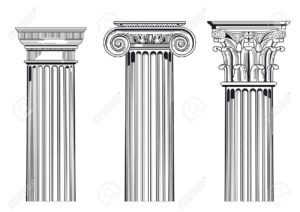We’re looking at the elements that help a designer determine the right worm gear screw for an application, based off the excellent white paper “How to Size a Worm Gear Jack” from Ron Giovannone, Director of Application Engineering and Business Operations with Nook Industries in Cleveland, Ohio.
In this post, we look at how Column Strength factors into design considerations.
Column strength is the ability of the lift shaft to hold compressive loads without buckling. A compression load is a load that tends to squeeze the screw axially, which can cause buckling. With longer screw lengths, the column strength of the lift shaft may be substantially lower than nominal jack capacity.
In order to determine the compressibility of a given travel length, you must first determine your mounting condition.
A simplified formula to calculate the column strength in pounds is as follows:
WHERE:
Pcr = Maximum Load (lb)
d = Root Diameter of Screw (inch)
L = Distance between nut and load carrying bearing (inch)
Fc = End Fixity Factor
0.25 for mounting condition A
1.00 for mounting condition B
2.00 for mounting condition C
4.00 for mounting condition D
The above formula can only apply when the slenderness ratio (the length divided by the radius of gyration) is not exceeded.
Note: If you can ensure that the load will always be held in tension, you don’t need to consider column loading.
Related tools:


